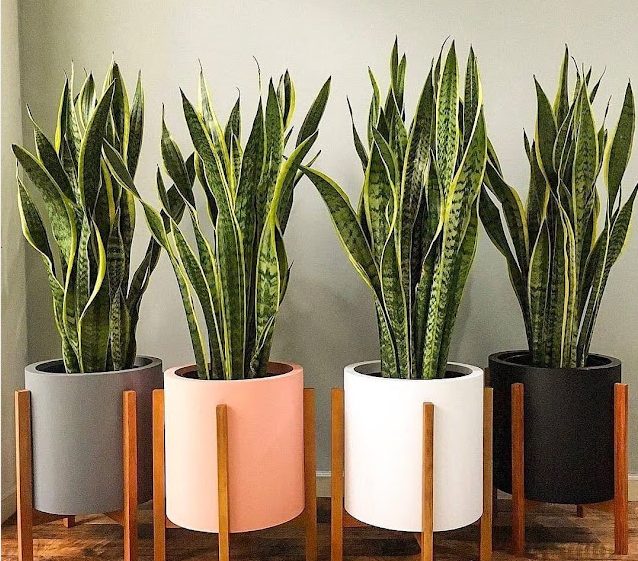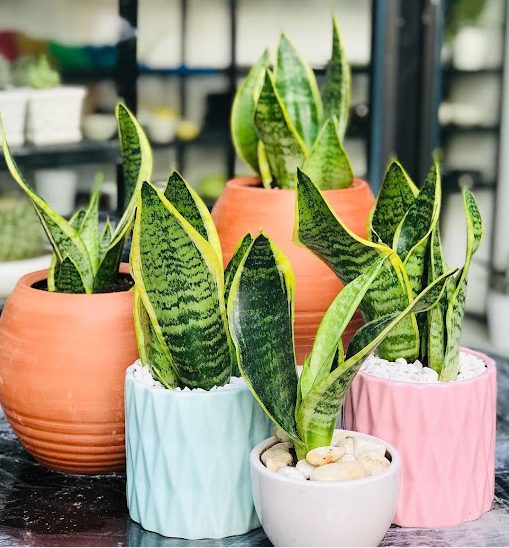Choosing a container for a snake plant is more difficult that it appears. But it’s also not too difficult to consider. The key to selecting a snake plant pot is to consider the needs of the snake plants. Because snake plants prefer a narrow root spread and not all other varieties prefer limited planters. As a result, care is required to make the snake plant breathe more freely and lushly. In the following reviews, you will find the best and most detailed snake plant potting requirements.
Some considerations for the best potted snake plant
The following are important factors to consider when selecting a snake plant pot:- Drainage; snake plants require soil that drains well, as well as a bottom hole that allows more water to drain out- Materials; the most common materials used for snake plant pots are ceramic, terracotta, plastic, and a variety of other options, including pots with good pores and water flow- Size; while size can be insignificant at times, choosing a pot larger that the root ball for a snake plant is preferable- Heavy; plan to transplant the snake plant into a lighter pot for ease of care- Style; snake plants look great in a variety of pot designs that you can customized to fit your room or visual aesthetic
How to choose the best snake plant potAdjust the snake plant’s pot with some of the following
Location
The snake plant is a type of plant that thrives indoors in low light, but it must be placed in a shady location. Darker lighting promotes slower growth. Consider purchasing ceramics pots. Plastic pots should be used in a dry climate to keep the plant from drying out too quickly.
Humidity and temperature
.jpg)
Snake plants thrive in temperatures ranging from 21 to 32 degrees Celsius. Because these plants do not adapt well to the weather of the walls, they should be stored in a warm room that is protected from wind and winter cold. It can, however, withstand temperatures as low as 104 degrees Fahrenheit.
Drainage
Excessive moisture causes root rot, so good drainage is essential. in comparison to too much moisture, sufficient moisture can sustain its growth. Perforated pots with a porous drainage system can provide good drainage.
Snake plants’ size and variety
The height and width of an irrigated snake plant are determined by its species. Snake plants range in size from 1 to 4 feet tall and 3 inches wide, depending on the species, Dwarf varieties such as trifasciata hahnii, kirkii silver blue, and trifasciata twisted sister are available. Consider selecting a size that is appropriate for the plant. Finally, the pot is determined by the size of the plant available.
Proper care for snake plants
A snake plant’s lifespan is closely related to its ability to hold water effectively. Excessive watering will have an effect on root rot. However, if the snake plant pot is made of clay, it will easily absorb excess moisture and dry quickly.
Source: https://www.homiful.com










